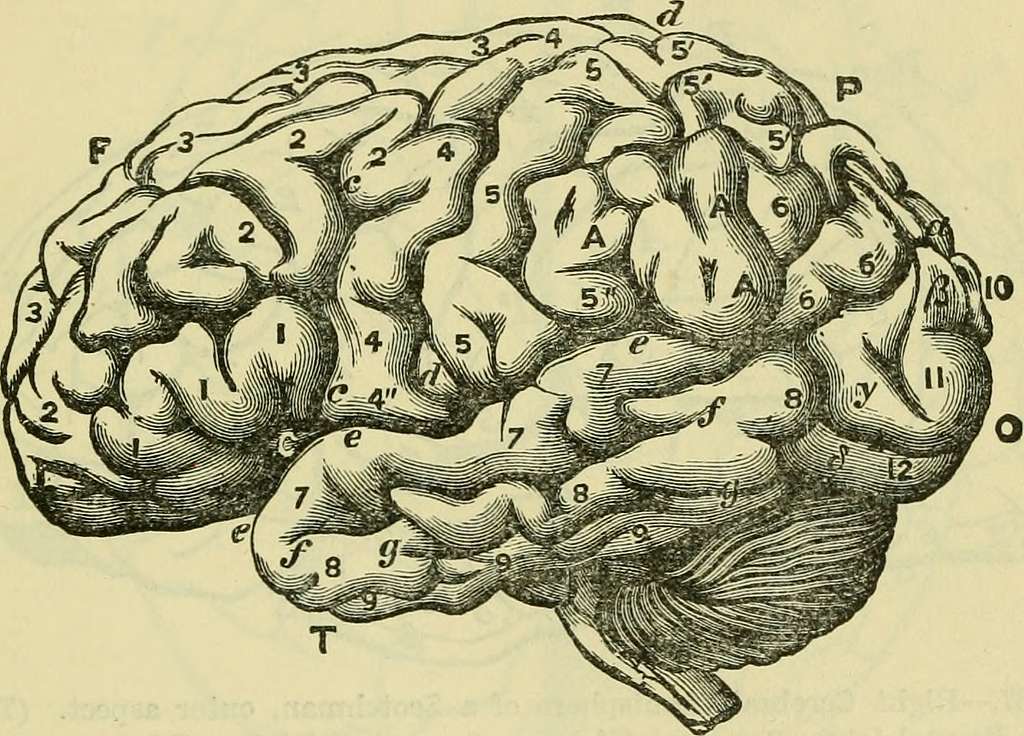Schema are mental structures that allow individuals to organize and interpret information. They are essential for understanding the world, making sense of new information, and learning by providing a framework for categorizing concepts, events, and relationships. Schemas help individuals predict and infer information about new experiences based on accumulated knowledge.
Schema are beneficial because they help us take shortcuts in interpreting the enormous amount of information in the environment around us. However, they can also lead to biased or distorted interpretations because they may cause individuals to exclude pertinent information or fill in gaps with incorrect data when trying to understand a complex situation.
In emergency services, schemas might help our students quickly categorize types of emergencies, medical conditions, or specific tactics based on the characteristics and patterns they have learned. This can enhance decision-making speed and accuracy in high-stress situations. On the downside, over-reliance on schemas can lead to stereotyping or jumping to conclusions without considering all the evidence, which could be detrimental in dynamic and complex emergency scenarios.
Schema in the Brain
The explanation for how schema work in the brain involves how the brain encodes, stores, and retrieves information, linking new experiences to existing knowledge networks. There is a lot we don’t know about how the human brain functions, but here’s how the process of building and using schema is currently understood.
Schemas are formed through repeated experiences and encoding related information in the brain. Neurons that fire together in response to these experiences wire together, forming neural networks. These networks represent the schemas in the brain, with stronger connections reflecting more established schemas. The formation of the neural networks in the brain is a physical process that burns calories and uses resources.
Once formed, schemas exist in various areas of the brain, depending on their content. For instance, visual elements of a schema may be stored in the occipital lobes, while aspects related to language might be stored in the temporal lobes. The hippocampus plays a crucial role in integrating these different components into a coherent schema and helps consolidate them into long-term memory.
When encountering new information, the brain retrieves relevant schemas from long-term memory to help interpret this information. This process involves the prefrontal cortex, which manages thinking and decision-making, working with the hippocampus to access stored schemas.
Schemas are dynamic and can be updated with new information through a process called accommodation, where existing schemas adjust to incorporate new experiences. Neuroplasticity, the brain’s ability to reorganize itself by forming new neural connections, facilitates this updating process.
Neuroscientific research suggests schema processing involves widespread networks across the brain, including the frontal, parietal, and temporal lobes, which are involved in high-level cognitive functions like memory, reasoning, and understanding.
Putting it Into Practice
Integrating the neurobiological understanding of schemas into emergency services education can significantly enhance training effectiveness. Here’s how this knowledge can be applied:
Since schemas are strengthened by repeated activation, training programs should incorporate the evidence-based strategies of spaced repetition and retrieval practice of core skills and concepts. This could mean regular drills, simulations, or scenario-based training that reinforces the essential knowledge and skills emergency personnel need, helping to solidify the neural networks that underpin critical schemas.
Understanding that schemas build over time suggests that training should be structured incrementally, starting with basic concepts and gradually introducing more complex or detailed information. This simple-to-complex sequencing allows learners to integrate new information with existing schemas without being overwhelmed, facilitating better retention and understanding.
To enhance schema formation, training should be context-rich, mimicking real-world scenarios as closely as possible. This approach helps form more comprehensive and applicable schemas, as the neural pathways developed in training are more likely to be activated in similar real-life situations.
Since schemas are stored across different brain regions, interdisciplinary learning that combines physical, cognitive, and emotional aspects can be more effective. For example, integrating practical exercises with theoretical learning and reflective practice can create more robust and versatile schemas.
Training should occasionally challenge existing schemas to prevent their rigidity and promote adaptability. This could be achieved by introducing novel or unexpected scenarios that require learners to adapt their existing knowledge, promoting deeper learning and flexibility in problem-solving.
Encouraging reflection and providing feedback can help learners consciously adjust and refine their schemas. This reflective practice can be facilitated through debriefings, simulations, and peer discussions, where learners analyze their actions and thought processes to understand how they align with or diverge from established best practices.
Unlearning
The process of building schema involves physically altering the internal structure of the brain, insulating and reinforcing connections between neurons. The more a set of neural pathways, or schema are used, the stronger they become. There is no easy way to change these connections. You must either invest more energy to over-write them, or you need to provide the time and conditions to forget them.
Forgetting happens when you don’t use a particular pathway in your brain, the insulation that was built up around the connections between neurons begins to weaken and decay. The connection is still there, but it no longer represents the “path of least” resistance for thoughts. When this happens, you are able to remap connections over previous pathways with little difficulty.
You can also over-write a previous schema or thought pattern in the brain. This is done by purposefully building and using a different schema or set of neural pathways. You as the instructor will need to guide practice, reinforcing the thoughts and actions that produce a good outcome and giving immediate feedback for thoughts and actions that fall back into the old schema. It takes the student a lot of energy and time to physically insulate new connections. However, with the investment from the instructor, quality lesson planning, and motivated students, you can “rewire” and “over-write” older information and skills.

